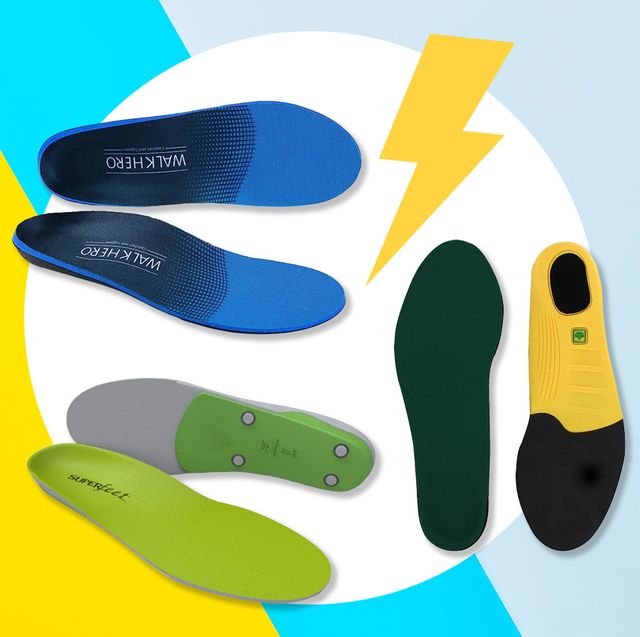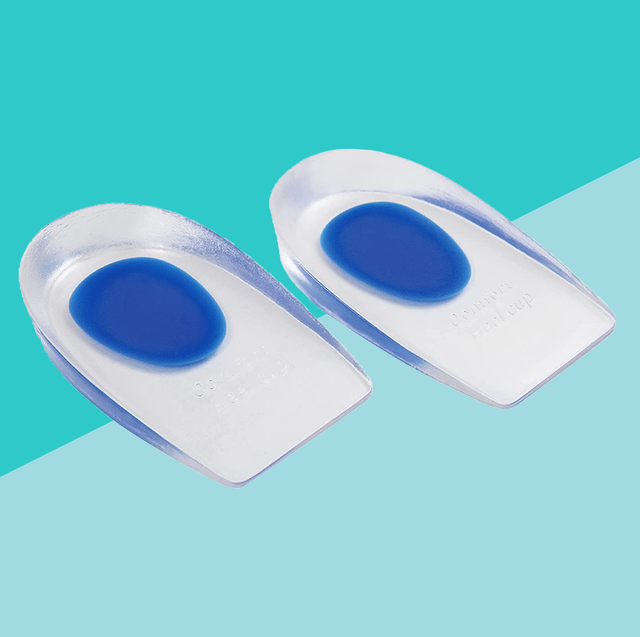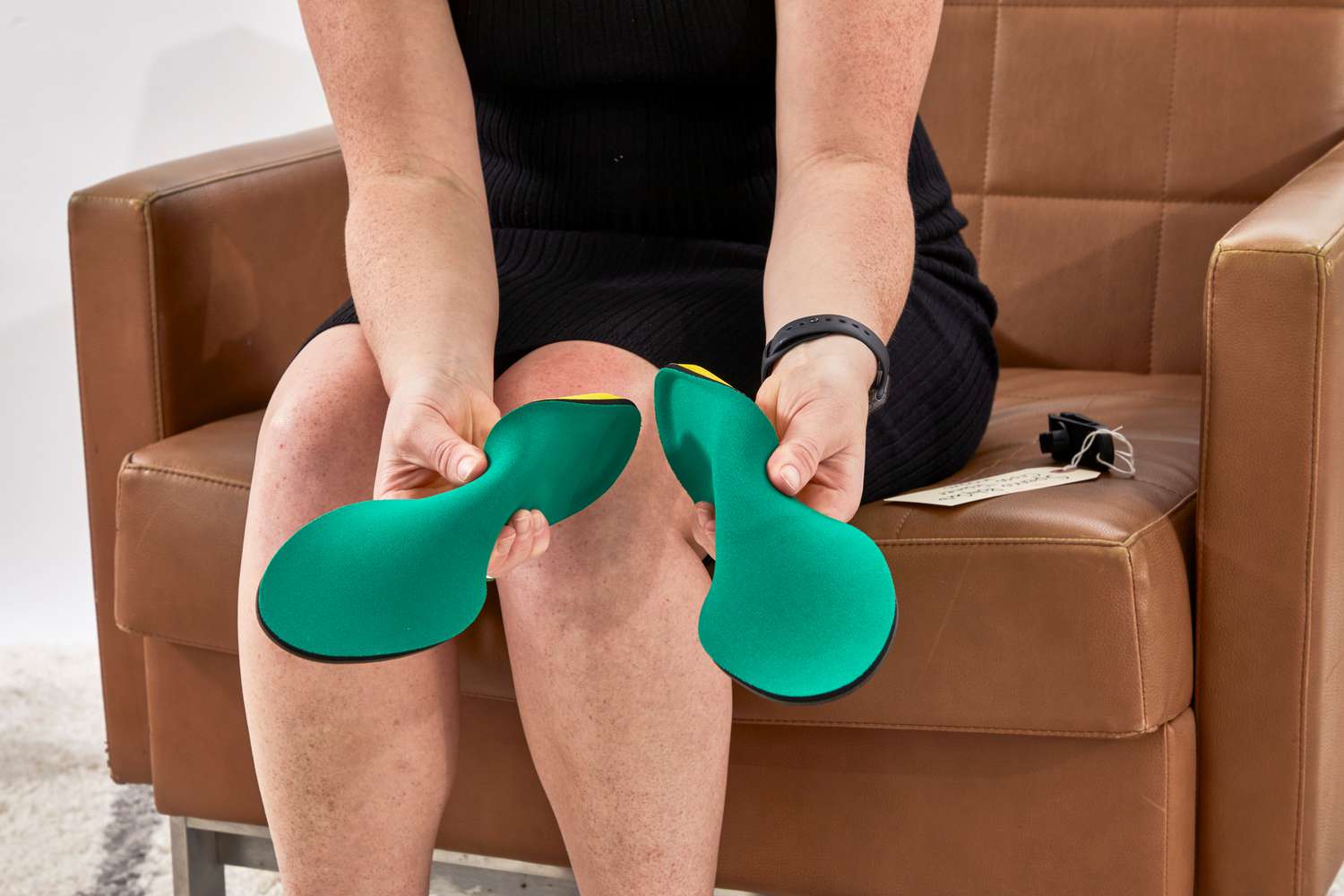Introduction
Heel pain, a common ailment that can disrupt your daily life, often stems from various factors, including plantar fasciitis, bone spurs, and tendonitis. While over-the-counter pain relievers and rest might provide temporary relief, finding the right insoles can offer long-lasting support and comfort, helping you conquer heel pain and get back on your feet.

I. Understanding the Causes of Heel Pain: Unveiling the Culprits Behind Your Discomfort
A. Delving into Plantar Fasciitis: The Inflammation That Strikes
- 1. The Plantar Fascia: The Crucial Foot Support System
The plantar fascia, a thick band of tissue running along the bottom of the foot, plays a vital role in supporting the arch and absorbing shock during movement.
- 2. Inflammation Strikes: Understanding Plantar Fasciitis
Plantar fasciitis occurs when the plantar fascia becomes inflamed, causing pain in the heel and arch area. Common risk factors include excessive standing, running, or wearing improper footwear.

B. Unraveling the Mystery of Bone Spurs: Bony Protrusions Causing Pain
- 1. Bone Spurs: The Unwanted Growth
Bone spurs are bony protrusions that develop on the heel bone or other foot bones due to repetitive stress, injuries, or certain medical conditions.
- 2. Painful Pressure: How Bone Spurs Cause Heel Discomfort
Bone spurs can irritate surrounding tissues, leading to pain, inflammation, and tenderness. The pain is often worse with activity and improves with rest.
C. Tendonitis: Inflammation of Tendons Leading to Heel Pain
- 1. Tendons: The Connectors of Muscles and Bones
Tendons are strong cords that connect muscles to bones, transmitting force during movement.
- 2. Inflammation in Action: Understanding Tendonitis
Tendonitis refers to the inflammation of tendons, causing pain, tenderness, and stiffness. Heel tendonitis, affecting the Achilles tendon, is a common form.
- 3. Heel Tendonitis: The Achilles Tendon Under Attack
Heel tendonitis often occurs in athletes or individuals who engage in repetitive activities that strain the Achilles tendon. Improper footwear and tight calf muscles can also contribute.

A. Over-the-Counter Insoles: Affordable and Readily Available Options
- 1. Arch Support Insoles: Elevating Your Arches for Relief
Arch support insoles provide support to the arches, reducing strain on the plantar fascia and alleviating pain associated with plantar fasciitis.
- 2. Cushioned Insoles: Absorbing Shock for Pain Reduction
Cushioned insoles absorb shock, reducing impact forces on the heel and mitigating pain caused by bone spurs and tendonitis.
- 3. Heel Cups: Providing Targeted Support for the Heel Area
Heel cups provide targeted support and stability to the heel, reducing pain and inflammation associated with plantar fasciitis, bone spurs, and tendonitis.
- 3. Podiatrist Involvement: Professional Guidance for Optimal Results
Consulting a podiatrist (foot doctor) is crucial for custom insole prescription. They can assess your foot condition, create a mold, and ensure the insoles are tailored to your needs.

B. Prescription Insoles: Addressing Complex Heel Pain Conditions
- 1. Medical Necessity: Prescription Insoles for Severe or Complex Cases
Prescription insoles are typically prescribed for severe or complex heel pain conditions that require specialized support and modifications.
- 2. Specialized Designs: Features Tailored to Specific Foot Issues
T may incorporate features like rigid arch support, additional cushioning, or specific modifications to address unique foot concerns.
- 3. Podiatrist Collaboration: Essential for Prescription Insole Success
Podiatrists play a crucial role in designing, monitoring, and adjusting prescription insoles to ensure optimal pain relief and foot function.
III. Factors Influencing Insole Selection: Tailoring Support to Individual Needs
A. Activity Level and Lifestyle: Considering Your Daily Movements
- 1. High-Impact Activities: Insoles for Running, Jumping, and Sports
For individuals who participate in high-impact activities like running, jumping, or sports, insoles with high arch support, cushioning, and shock absorption are recommended. These features help distribute pressure evenly, absorb impact forces, and provide stability for the foot during intense movements.
- 2. Low-Impact Activities: Insoles for Walking, Standing, and Everyday Wear
For those who engage in low-impact activities like walking, standing for extended periods, or everyday wear, insoles with moderate arch support and moderate cushioning are suitable. These insoles provide comfort and support without compromising flexibility for daily activities.
B. Body Weight and Foot Shape: Selecting Insoles for Optimal Fit
- 1. Body Weight Considerations: Matching Insole Support to Weight
Body weight plays a role in insole selection. Individuals with a higher body weight may require insoles with firmer support to handle increased pressure on the feet. Conversely, those with a lower body weight may benefit from insoles with softer cushioning for enhanced comfort.
- 2. Foot Shape Matters: Choosing Insoles for Optimal Fit and Function
Foot shape also influences insole selection. People with flat feet often require insoles with greater arch support, while individuals with high arches may benefit from insoles with less arch support and additional cushioning in the forefoot area.
C. Material and Construction: Durability, Breathability, and Odor Control
- 1. Material Matters: Balancing Comfort and Durability
The material of the insole is an important consideration. Gel insoles offer excellent shock absorption and comfort, while foam insoles provide a lightweight and responsive feel. Some insoles combine gel and foam for a balance of both features.
- 2. Keeping Feet Cool: Breathable Materials for Moisture Management
Breathability is crucial, especially for individuals who sweat a lot or wear shoes for extended periods. Look for insoles constructed with breathable materials like fabric or mesh to promote moisture management and prevent foot odor.
- 3. Odor Control Features: Keeping Feet Fresh and Hygienic
Some insoles incorporate odor control technology to combat foot odor. This can be particularly beneficial for athletes or those who experience excessive sweating.

IV. Choosing the Right Insoles: A Step-by-Step Guide
-
1. Assess Your Heel Pain and Needs:
Start by understanding the cause of your heel pain. This will guide you towards the most suitable type of insole – over-the-counter, custom-made, or prescription.
-
2. Consider Your Activity Level and Lifestyle:
Think about your daily activities and choose insoles that provide the appropriate level of support and cushioning for your needs.
-
3. Evaluate Your Body Weight and Foot Shape:
Consider your body weight and foot shape to ensure the insoles offer optimal fit and function.
-
4. Explore Different Insole Options:
Research various over-the-counter insole options, or consult a podiatrist for custom-made or prescription insoles if needed.
-
5. Trial and Error is Key:
Finding the perfect insoles might require some trial and error. Experiment with different options to see what feels most comfortable and supportive for your feet.
V. Using Insoles Effectively: Tips for Optimal Results
-
1. Replacing Insoles Regularly:
Insoles wear out over time, so replace them every 3-6 months, or sooner if they show signs of wear and tear.
-
2. Breaking Them In Gradually:
When using new insoles, start by wearing them for short periods and gradually increase wear time to avoid discomfort.
-
3. Proper Shoe Fit with Insoles:
Ensure your shoes provide a comfortable fit when using insoles. You might need to go up a half size to accommodate the added insole thickness.
-
4. Consulting a Podiatrist for Persistent Pain:
If heel pain persists despite using insoles, consult a podiatrist for further evaluation and treatment recommendations.
VI. Conclusion
Heel pain can be debilitating, but with the right insoles, you can find relief and get back on your feet. By understanding the causes of heel pain, exploring different insole options, and choosing the right ones for your needs, you can conquer heel pain and step into a world of comfort and support. Remember, consulting a podiatrist can be invaluable in ensuring optimal foot health and pain management. So, take charge of your heel pain, explore the world of insoles, and step towards a pain-free future!